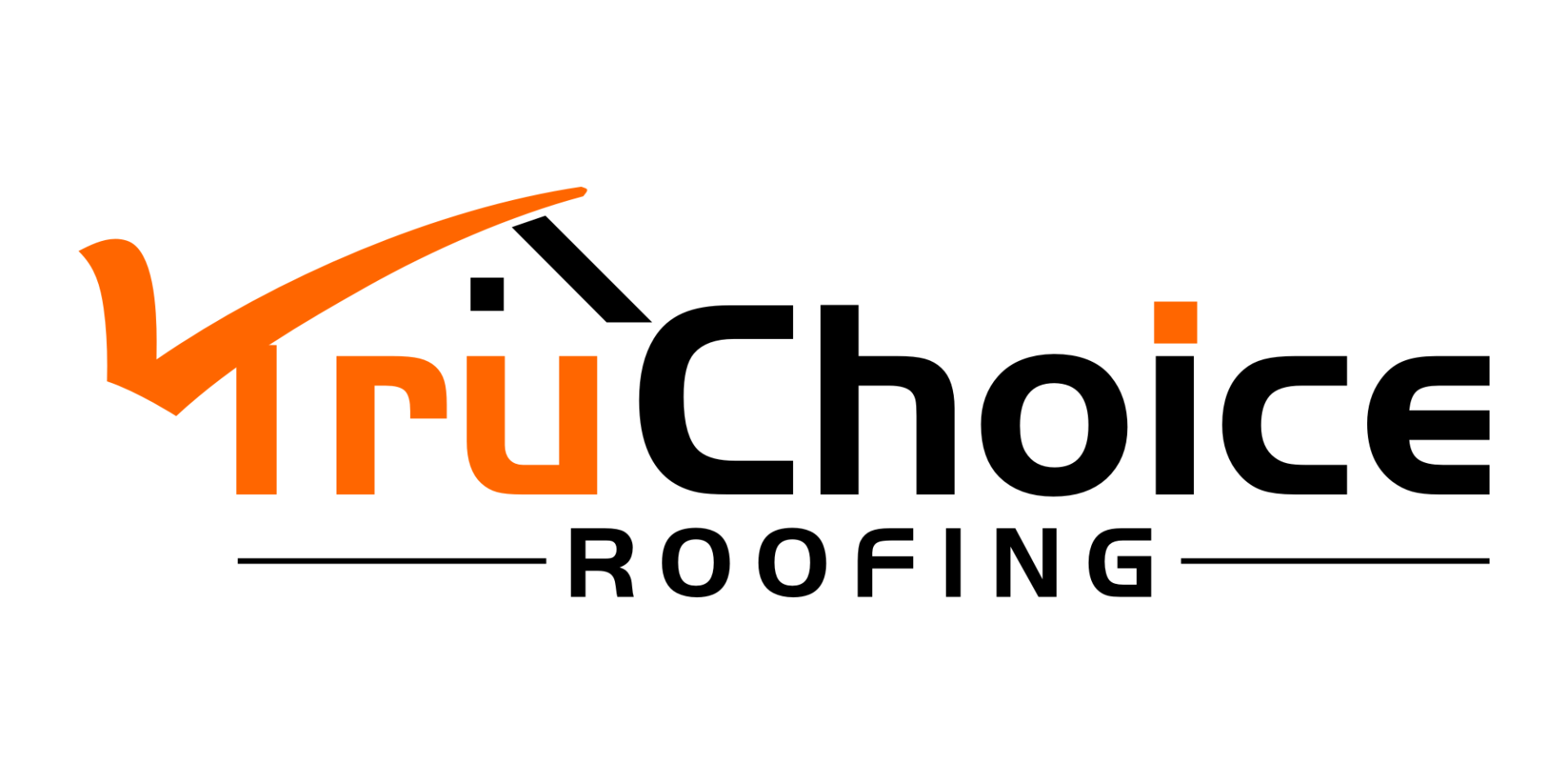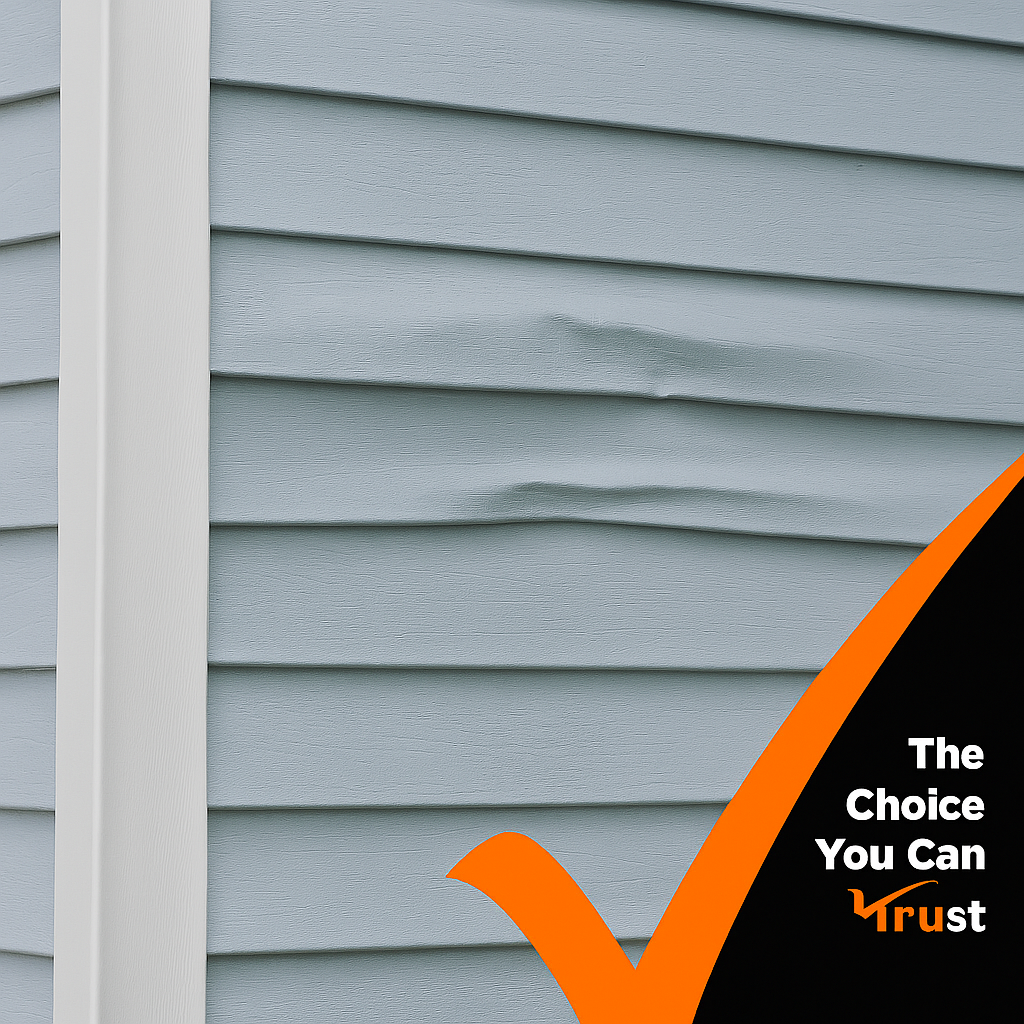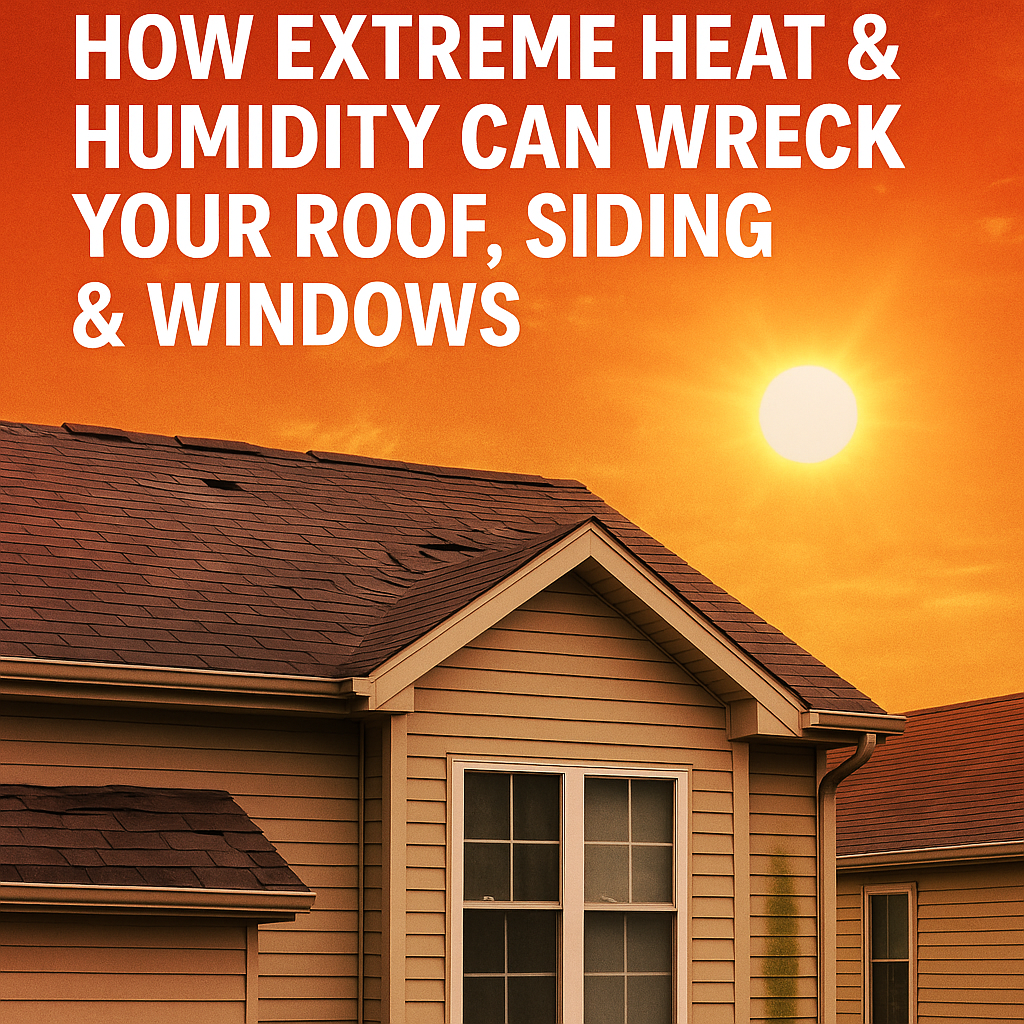11 Signs Your Storm Damaged Roof Needs to Be Replaced
Have you ever looked up at your roof after a hefty storm and wondered if it's just a bit battered or on the brink of giving up? In the dance between nature's fury and our homes, roofs often bear the brunt.
But, not all of us are roofing wizards, knowing when a few repairs will do or when it's time to call in the big guns for a full replacement. This isn't just about a few leaks or missing shingles. It's about understanding the health of your shelter, your home.
Here, we lay out 11 tell-tale signs that your storm damaged roof might be singing its swan song, signaling it's time to reach out to a local roofing company for a new roof.
Keep an eye out for these symptoms to ensure your roof continues to protect you, rain or shine.
1. Visible Roof Leaks
When it comes to storm damage, the most glaring red flag is a visible leak. It's like your roof is crying for help. After a storm, if you spot water trickling down from the ceiling, it's a direct SOS from your roof. But don't just grab a bucket and forget about it.
These leaks can lead to more significant issues, like mold or structural damage. It's not just the sight of water that's worrisome. Stains or discoloration on walls and ceilings are also snitches, telling you water's been there. If your attic smells musty or looks like it's been in a wet t-shirt contest, that's another dead giveaway.
Ignoring these signs can turn a repairable problem into a full-scale emergency roof replacement. So, keep those peepers peeled for any unwanted indoor rain.
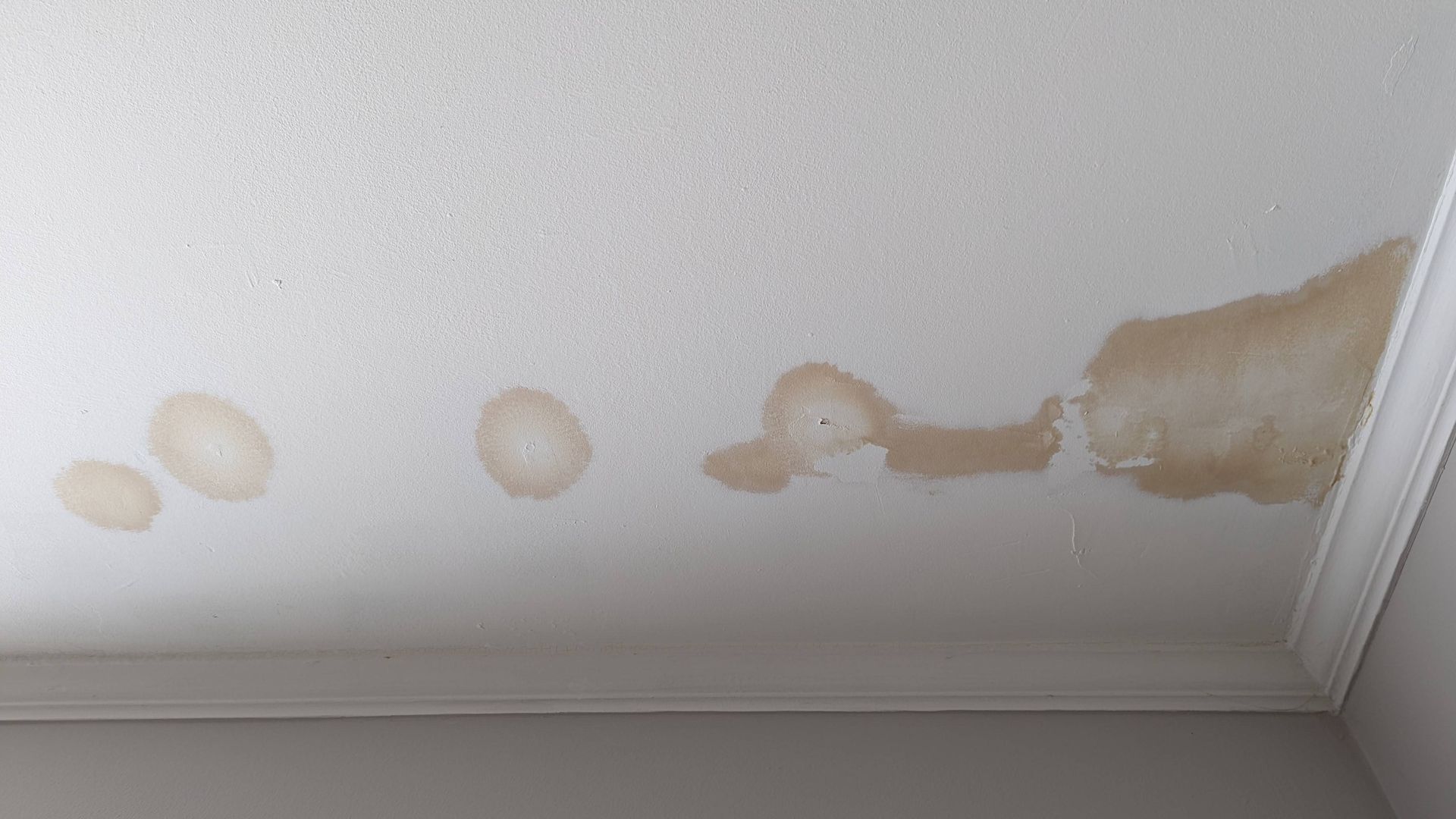
2. Missing or Damaged Shingles
Storms can wreak havoc on your roof, often leaving behind missing or damaged shingles. This is a crucial sign of your roof's health. Shingles that are cracked, dented, or missing altogether indicate that your roof's protective layer is compromised.
These seemingly small issues can expose your home to water damage and decay. Addressing just a few damaged shingles might seem sufficient, but sometimes this damage is an early warning of larger problems.
Keep a close eye on your shingles' condition; they could dictate whether a simple repair will suffice or if a new roof is necessary.
3. Granules in the Gutters
Ever notice tiny granules, almost like coarse sand, in your gutters? These aren't just debris from the neighbor's sandbox; they're from your shingles. Shingles shed these granules over time, but a storm can speed up this process, like a fast-forward button on aging.
When you find a heap of these granules in your gutters or at the downspouts, it's a sign your roof's in trouble. These granules aren't there for looks; they protect the shingles from the sun's UV rays. Losing them is like losing sunscreen on a hot day. Without this protection, your shingles become vulnerable and deteriorate faster.
It's not just a sign of wear and tear; it's a heads-up that your roof might need more than a quick fix. Keep an eye on those gutters; they might be telling you it's time for a new roof.
4. Sagging Roof Deck
A sagging roof deck is a serious indicator of underlying issues. This condition suggests prolonged water damage or structural weakness in the roof. Often subtle, sagging can manifest as dips or curves that weren't present before.
Such deformations indicate that the roof's support system is under strain. This issue requires immediate attention, as it can lead to significant problems, including the risk of a roof collapse.
A visibly sagging roof deck usually calls for more than simple repairs; it often signals the need for a comprehensive roof overhaul or replacement.
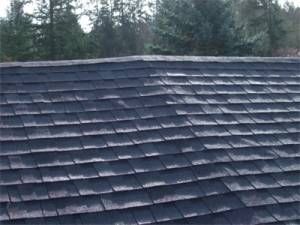
5. Daylight Through Roof Boards
When daylight starts peeking through your roof boards, it's more than just a skylight you never asked for. It's a glaring sign that your roof has seen better days. Think about it: If light can get in, so can rain, cold air, and even critters. It's like your roof is throwing open the doors and inviting trouble inside.
These gaps are often a result of storm damage, wear and tear, or both. You might spot them from your attic, where beams of light cut through the darkness. It's picturesque, sure, but it's also a big no-no for roof health. These openings can lead to leaks, energy loss, and more.
So, when you see light where it shouldn't be, it's time to consider that your storm damaged roof might need a full replacement. Don't wait until it's raining indoors to make the call for a new roof.
6. Damaged Roof Flashing
Roof flashing is like the unsung hero of your roof. It's the thin metal sheeting that keeps water from sneaking into places it shouldn't. Think of it as the bouncer at the club, keeping the rain out of your attic. But when a storm hits hard, this flashing can get damaged, bent, or even torn away.
It's a critical weak point, especially around chimneys, vents, and where the roof meets a wall. Damaged flashing is a direct invite to leaks and water damage. If you spot rust, cracks, or pieces that look out of place, it's more than just a minor issue. It's a clear sign that your storm damaged roof needs serious attention.
Ignoring it can lead to bigger, more expensive problems. Keep an eye on that flashing; it might be the deciding factor in whether you patch up or start fresh with a new roof.
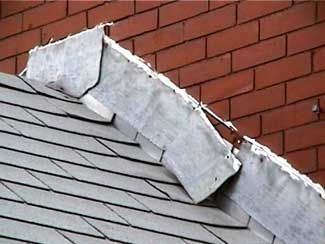
7. Water Stains on Ceilings or Walls
Water stains on your ceilings or walls are like unwanted tattoos for your home. They're often brownish or yellowish, a clear sign that water has been making unwanted visits. These stains can appear subtle at first, but like a bad secret, they grow over time.
Don't brush them off as mere cosmetic issues. They're evidence that water is finding its way through your roof, and that's a problem. Whether it's a small leak or something more serious, these stains are your roof's way of waving a red flag.
They're a tell-tale sign that your storm damaged roof may need more than a little TLC; it might be time for complete roof replacement services.
8. Increase in Energy Bills
A sudden rise in energy bills can be a stealthy indicator of roof damage. Storm-affected roofs might develop gaps or lose their insulating properties, leading to higher heating or cooling costs.
Your home's climate control systems may need to work harder to maintain comfort, resulting in increased energy consumption. This uptick in bills can be a clue that your roof is failing to provide adequate insulation.
If you notice your energy expenses climbing, consider it a sign to inspect your storm damaged roof, as it might require a thorough evaluation or even a replacement.
9. Mold or Moss Growth
Finding mold or moss on your roof isn't just an aesthetic issue; it's like a warning siren. These unwelcome guests usually show up when there's excess moisture - a sign that your roof isn't draining properly. Moss can make shingles lift, while mold can signify deeper water damage.
Both are like nature's way of telling you something's wrong up top. This growth can lead to deterioration of roofing materials, compromising your roof's integrity. If you spot these green or black invaders, it's time to assess your storm damaged roof.
They could be hinting at the need for a major roof overhaul.
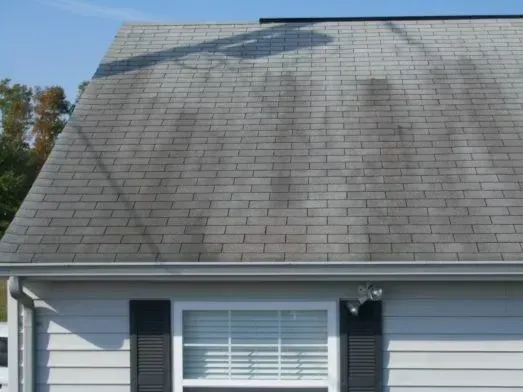
10. Age of the Roof
Your roof's age plays a crucial role in its ability to withstand storms. Typically, roofs are designed to last between 20 to 25 years. As they age, their resilience against harsh weather diminishes.
Older roofs may not be as robust in facing stormy challenges compared to their younger days. Following a storm, particular attention should be paid to an aging roof. Previous storms might have been weathered successfully, but each new storm brings its own set of trials.
Often, an old roof that has suffered storm damage might need a full replacement rather than mere repairs.
11. Frequent Roof Repairs
Frequent roof repairs serve as a clear indicator that your roof is in a state of decline. If you find yourself repeatedly fixing various roof issues, especially after storms, it suggests that your roof's overall condition is deteriorating.
Regular repairs, while necessary, can be a sign that your roof is nearing the end of its functional lifespan. Instead of continual patchwork, it might be time to consider a complete roof replacement.
This approach can be more cost-effective and provide long-term peace of mind compared to the never-ending cycle of repairs.
TruChoice: Expertise in Repairing a Storm Damaged Roof
At TruChoice Roofing, we understand the importance of trust and value in roofing services. That's why we proudly offer our unique Price Assurance Guarantee, ensuring you get the best price for quality roofing.
With our decades of experience and commitment to honest, upfront pricing, we stand apart in the Fort Wayne roofing industry. If you have a storm damaged roof, don't hesitate to contact us. Let's ensure your home stays safe and secure under a roof you can trust-at a price you'll appreciate.
